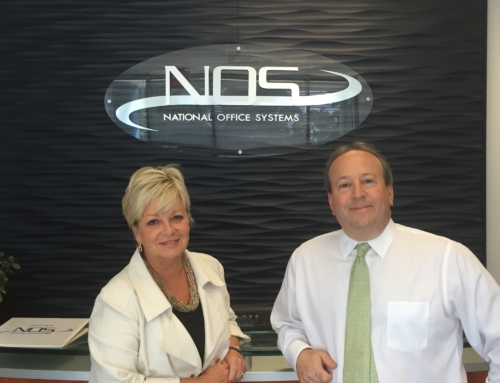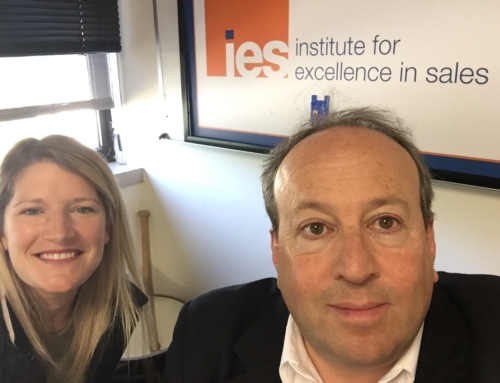This blog was written by Jenna Cronin and was originally posted on the VorsightBP website here.
Lead Qualification is a difficult job. When we’re following up on leads, we feel more comfortable talking to our prospect. Makes sense, because there’s  an action on their part to which our call is anchored. So, why do we still encounter resistance, or at least a guarded stance, from most of our targets? The reality is that warm or cold, our message can still start to sound like a lot of other messages aimed at our prospect. In order to break through the vendor static, here are 7 do’s and don’ts for qualifying leads.
an action on their part to which our call is anchored. So, why do we still encounter resistance, or at least a guarded stance, from most of our targets? The reality is that warm or cold, our message can still start to sound like a lot of other messages aimed at our prospect. In order to break through the vendor static, here are 7 do’s and don’ts for qualifying leads.
DON’T assume the name on the lead record is the person you should be actively pursuing to schedule a meeting.
How often is the title you see either too low in the organization, or not in the right department? We don’t want to waste time chasing someone who isn’t a decision maker. That doesn’t mean the organization isn’t a good target! Let’s use the lead as a clue: what might an organization be experiencing that would make them want to talk to us? How can we leverage “Bob Smith” (who came in as a lead) to get to the decision maker, without Bob becoming a bottleneck?
DON’T open the call by saying you’re just following up on an event/webinar/white paper.
Aside from the implications of using “just” in your communication, our evidence shows that referencing a lead activity alone is not enough to get a prospect’s attention. These people read a lot of content, meet a lot of people at events, and may not always show up for the webinar. By relying on them to react to why they were interested in the content, we risk sounding like so many other sellers. The prospect might then shrug us off with “I don’t remember that” or “I’m just doing research.”
DON’T apologize for calling, or ask if the prospect is interested.
This goes for getting permission (implied or literal) to have a short conversation when you first call, as well as scheduling the first meeting. Consultative salespeople have something valuable to say and deliver it confidently. If you sound unsure of yourself and look to the prospect for validation, the prospect does not sense that he needs to pay attention and you’ll be shuffled off the phone in a hurry.
DON’T ask too many questions before you’ve ‘earned the right.’
Sure, this is lead qualification. We need to ask questions to qualify leads. We also need to be sure that we have the executive’s full attention and that we’ve established credibility before diving into our line of questioning. How do we show we’re credible? By offering up an insight or reaction that shows we know what it’s like to be in the executive’s shoes.
DO convey a reason for reaching out that is unique to each prospect or organization.
The less your prospect feels like a name on a list, the more willing they will be to engage with you. Lead qualification can become a very mechanized process. Make sure you take a step back once in a while and THINK, “Why am I reaching out to this person in the first place?” “What’s in it for them to take my call?” Draw this connection as soon as possible to avoid the brush-off.
DO put your call in the context of a trend that the prospect or her peers care about.
Timing is important. A prospect might not be actively looking for a solution like yours. However, lead activity almost always stems from some change that has happened in her world, which is creating problems (or will soon). What challenges might she be facing? Be specific!
DO take “closing” for the next step seriously.
We have qualified to the appropriate level for this stage of the game. We’ve created value in the initial conversation. Let’s position the next scheduled meeting as a logical conclusion to our interaction, rather than a request to be accepted or declined. Be direct and don’t ask – suggest.






